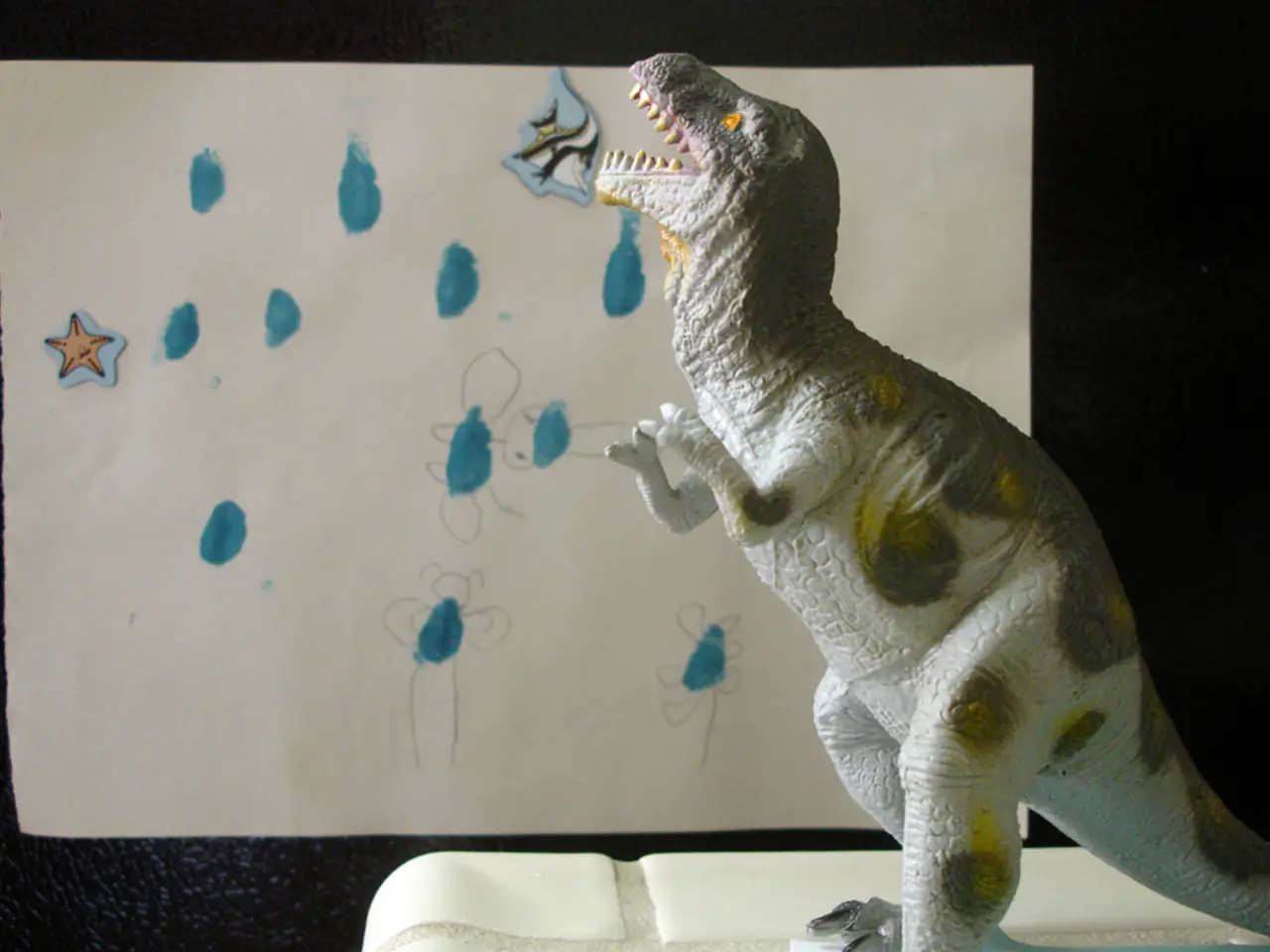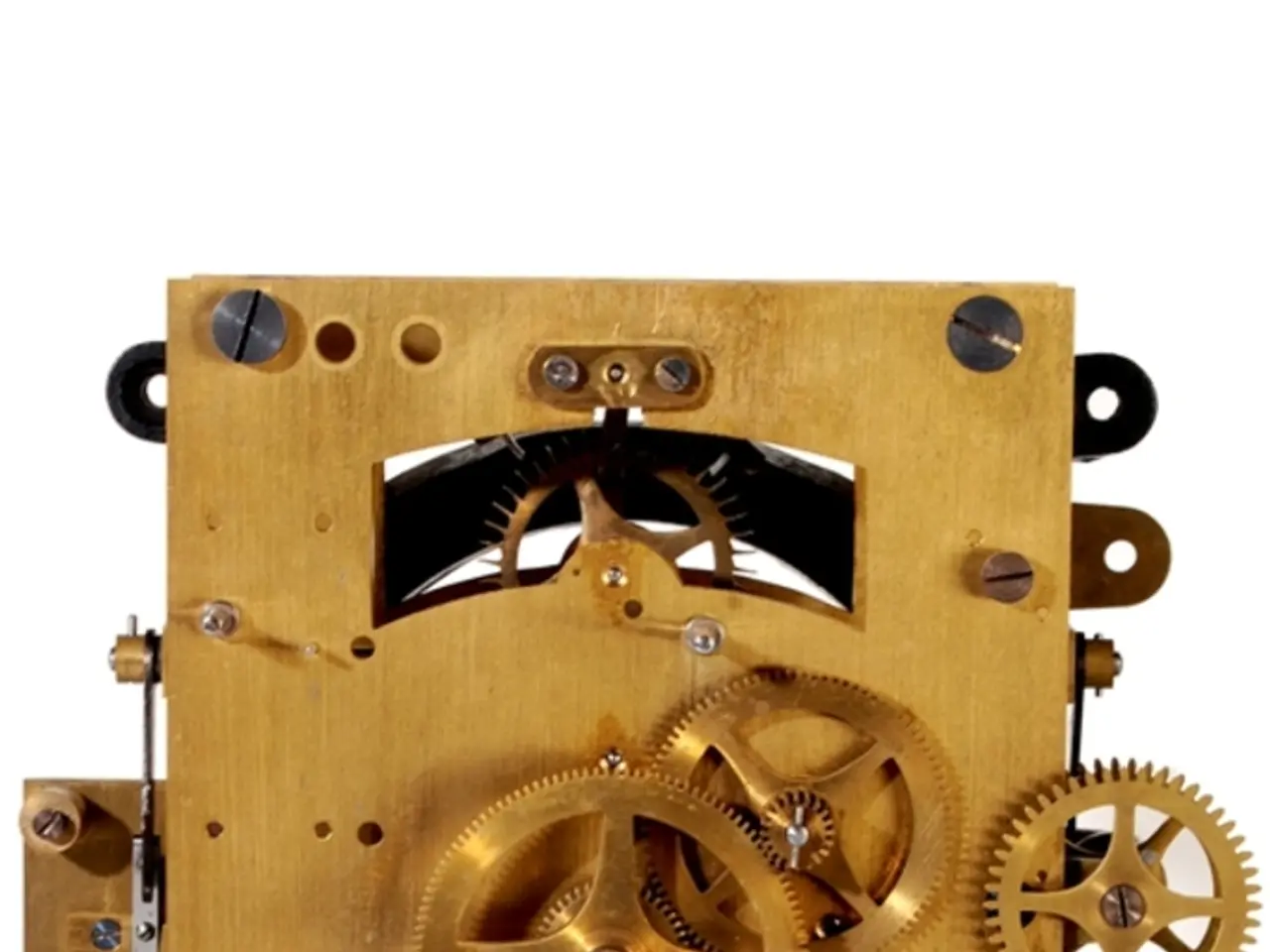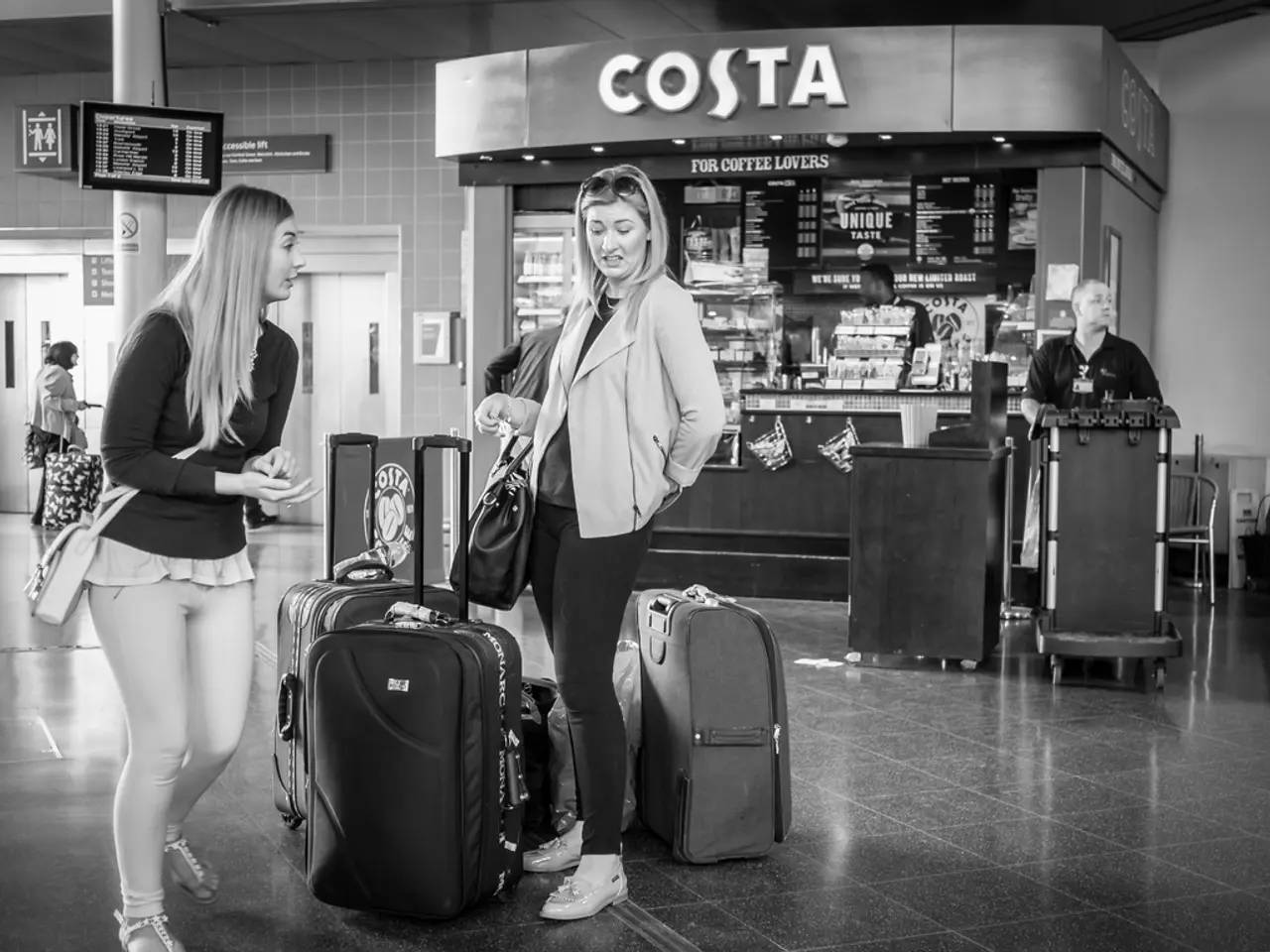Summer struggles for Boeing's Starliner spacecraft - Set for a 2026 return to flight, Starliner will remain uncrewed for the time being
The next mission for Boeing's Starliner spacecraft, initially planned for the end of 2025, has been pushed back to early 2026 due to persistent technical issues with the spacecraft's thrusters, known as the "doghouse" thrusters.
NASA officials are now working towards launching Starliner again no sooner than early 2026. The delay has been caused by ongoing concerns regarding the reliability of the thruster system, which have prevented the planned Crew Flight Test and subsequent missions from proceeding as originally scheduled.
Extensive testing and repair efforts are currently underway at NASA’s White Sands Test Facility in New Mexico to fix the propulsion issues before Starliner can attempt another launch. The tests will involve firing RCS thrusters at the same time as OMAC orbital maneuvering thrusters to understand the heat going into the doghouse.
Improvements to Starliner's doghouses have already been made, including thermal modifications like the addition of a shunt and other barriers.
The delay means that the International Space Station (ISS) will continue to experience a busy period, with multiple spacecraft coming and going. Nearly a half-dozen more spacecraft are expected to launch to the ISS by the end of the year, including SpaceX's Crew-11 mission for NASA, which is scheduled to launch to the ISS.
The last astronaut mission involving Starliner was in June 2024, which led to an extended stay of astronauts Sunita Williams and Butch Wilmore at the ISS because of issues that prevented their timely return. Since then, Starliner’s next launch has been postponed multiple times.
Despite the delays Starliner has faced, Mike Fincke, who is serving as mission pilot for Crew-11, has expressed interest in flying aboard the Boeing Starliner capsule once it's ready. Fincke, who has trained extensively aboard the Starliner, still wants to fly aboard the capsule if given the opportunity.
It's worth noting that NASA's crew rotations aboard the ISS typically last six to eight months, lining up two launches per year. However, with the delay in Starliner's missions, it's likely that the next launch won't include any astronauts aboard.
In fact, there's a strong chance Starliner will fly a cargo flight first before its crewed mission. This uncrewed flight, targeted for early 2026, will be focused on demonstration and testing before resuming crewed missions to the ISS.
The delay in Starliner's return to the ISS has not affected other space missions, with the Ax-4 mission undocking from the ISS early July 14 to make way for SpaceX's upcoming Crew-11 mission for NASA. Another Russian Progress cargo spacecraft is set to depart from the ISS next month.
A Russian Progress cargo spacecraft arrived at the ISS on July 5, and a SpaceX Cargo Dragon left the ISS at the end of May. These missions demonstrate the ongoing collaboration between NASA and other space agencies in maintaining the ISS as a hub for scientific research and exploration.
As NASA and Boeing continue to work towards resolving the technical issues with the Starliner spacecraft, the space agency remains eager for the spacecraft to gain its crew certification as it sees it as a critical part of its human spaceflight goals in low Earth orbit.
- NASA's ongoing concerns with the reliability of Boeing's Starliner spacecraft's thruster system, specifically the doghouse thrusters, have led to an unexpected shift in technology, pushing back its scheduled mission from the end of 2025 to early 2026.
- Environmental-science, space-and-astronomy, and science communities are keenly anticipating the potential improvements to the Starliner spacecraft, given the delays and modifications that have occurred in its thrusters, known as doghouses.
- As the technical issues with the Starliner spacecraft's thrusters persist, NASA is looking at alternative missions, such as an uncrewed testing flight, before resuming crewed missions, highlighting the importance of technological advancements and history in space exploration.




